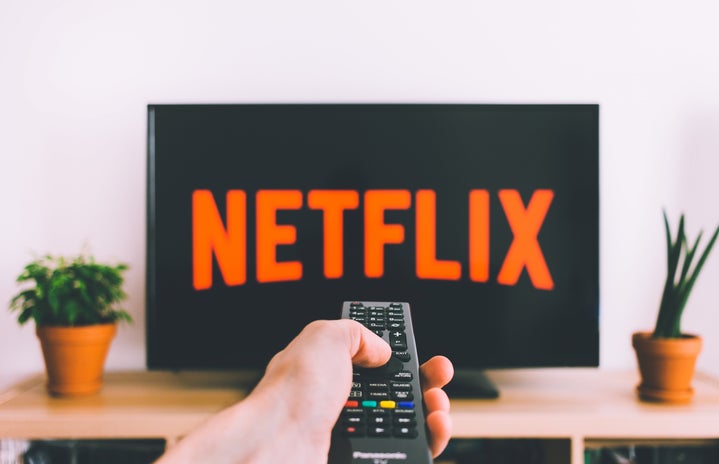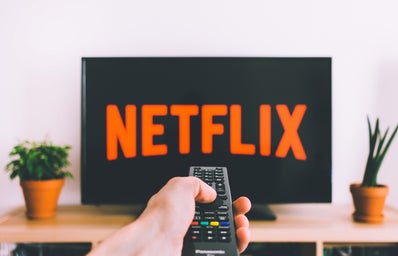When Queer Eye’s new season, “Queer Eye: We’re in Japan,” came out a couple of weeks ago I binged it all very quickly enthralled by the episodes.
All the Queer Eye guys were back doing what they do best, helping and connecting with people. Assisting them in improving their lives to become the best possible version of themselves.
The only difference in this new season was that Tan, Johnathan, Antoni, Bobby and Karamo were working their magic and helping people in Japan, not their usual locations in the American South.
It was eye opening and interesting to see the challenges and then ease that came with communicating with people speaking a different language and a part of a different culture.
While Japan holds a variety of different cultural and societal traditions and values than we do in the United States, the show shows that there are still many things all humans hold as important and necessary in their lives to be happy.
The differences between America and Japan
As I watched the different episodes, I got a glimpse into Japanese cultural and the way in which they view women, homosexuality and talking about their emotions.
Every episode focused on a different aspect of a specific subject in Japanese society.
The idea of women giving up on being a woman because they did not fit into the very specific and narrow ideas that society perpetuated about what the ideal woman looked like was something that was discussed with a middle-aged female hero.
A hero is the name given to those that get help from the Queer Eye cast.
This idea is present in American society, but not to the extent in which it seems to be in Japan.
Another woman finally disclosed to her husband that she was scared he resented her because she was not a good cook or cleaner and had thus not fulfilling her “wifely duties.”
While women today in America are still afflicted and impacted by the stereotypes about women that exist in society, it is not as blatantly stated or even believed by all anymore.
Women are not the only ones solely in charge of all the domestic chores in the home.
The show also highlighted the problem of how LGBTQ+ people are viewed in Japan.
One of the heroes on the show was a young gay Japanese man who expressed how difficult it was to be gay in Japan today.
The young man talked about how he would get looks and feel judged and uncomfortable if he were to walk hand in hand down the street with his boyfriend.
I know the treatment of gay people is not perfect anywhere and people in LGBTQ+ community have to deal with a constant fight for equality and representation, but the inability to feel as if one can walk down the street with their boyfriend was shocking to me as it’s becoming more and more commonplace in our society.
Here in the US it’s common to see gay people owning their lives and not hiding in the shadows.
Another difference this new season allowed me to learn about was the way in which Japanese people discuss and express their emotions.
A majority of the people that were spotlighted on the show expressed to the Queer Eye guys that they had not tried to talk to the closest people in their lives, such as spouses or parents, about how they were feeling.
When Karamo suggested to one hero to go to therapy it was sort of brushed off and not discussed in any further detail.
Kiko Mizuhara is a Japanese model who shows the guys around and helps them to understand Japanese society on a deeper level.
It is Kiko that mentions that therapy and talking about one’s feelings is not a very popular thing to do in Japan.
By having people, like Kiko, that are a part of this society further explain it, it allows this season of Queer Eye to do a great job of teaching and explaining to outsiders the inner workings, beliefs and traditions present in Japanese society.
The similarities between America and Japan
Even though this season showed me that there are differences between American and Japanese society, it also showed me that all people seem to have some of the same basic needs and wants out of life and their relationships, no matter where they come from.
All of the heroes highlighted on this season wanted to better their lives, not just to make themselves feel better and be happier, but to also improve their relationships with people who are closest to them in their lives.
Everyone, regardless of their background, wants to be loved. Everyone wants to feel fulfilled and good about themselves.
Once the cultural differences were stripped away it was evident that every single one of the heroes just wanted to love themselves and communicate that love in their lives, though societal norms might have made it hard to say something to them before.
At the end of the season, the guys even say they were worried it would be hard to communicate with their Japanese heroes because of the language barrier.
But as the audience could see, language and cultural norms did not stop them from connecting with their participants.
It is so easy to see a person that is different from us and assume we would have difficulty connecting with them.
However, when we try to learn about their culture and what things make them unique, it impacts how they view themselves and the world around them.
We can gain a certain kind of insight into why they are the way they are, and work toward connecting with them based off of these things.
So many shows today, like Queer Eye, show us that when we try our best and try to help others, we are able to make the world a better, more connected place – a place where people can create genuine relationships and connections.
When all of our differences are stripped away we are all just people trying to navigate life in a world that is very complicated.


